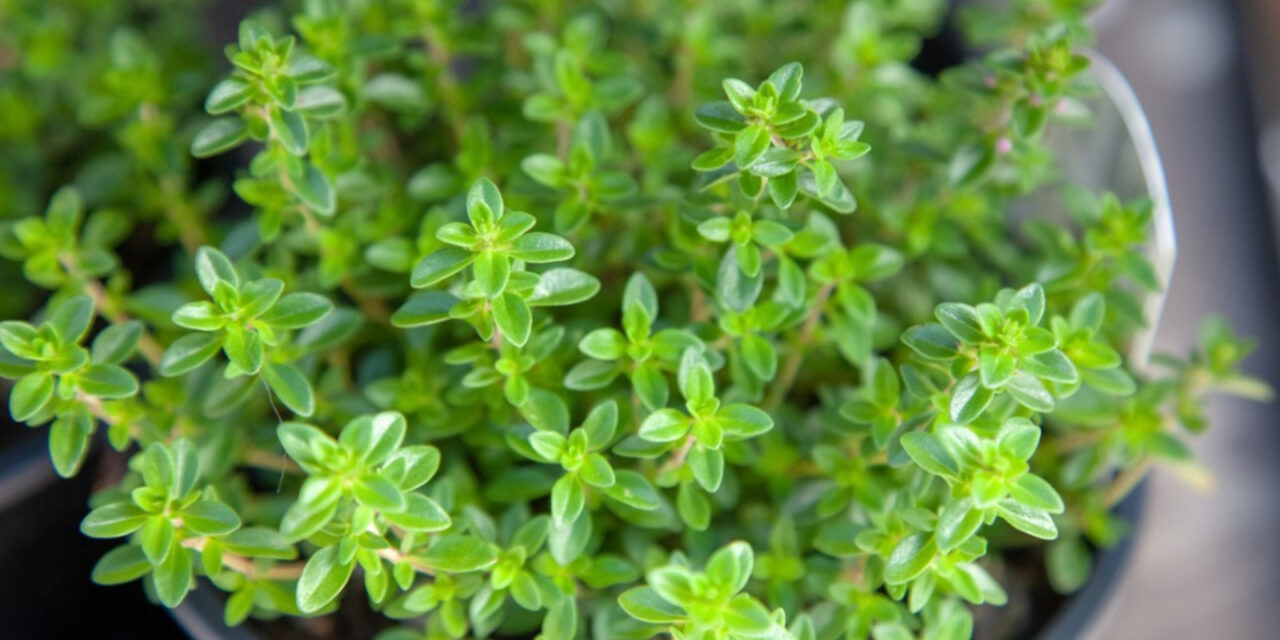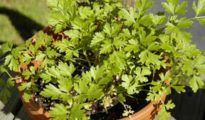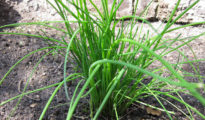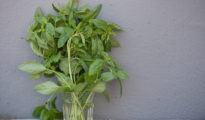Herbs are a great addition to any garden, and thyme is no exception. This versatile herb can be used in a variety of recipes, and it's also easy to grow. In this post, we'll show you how to grow thyme from seed. Let's get started!
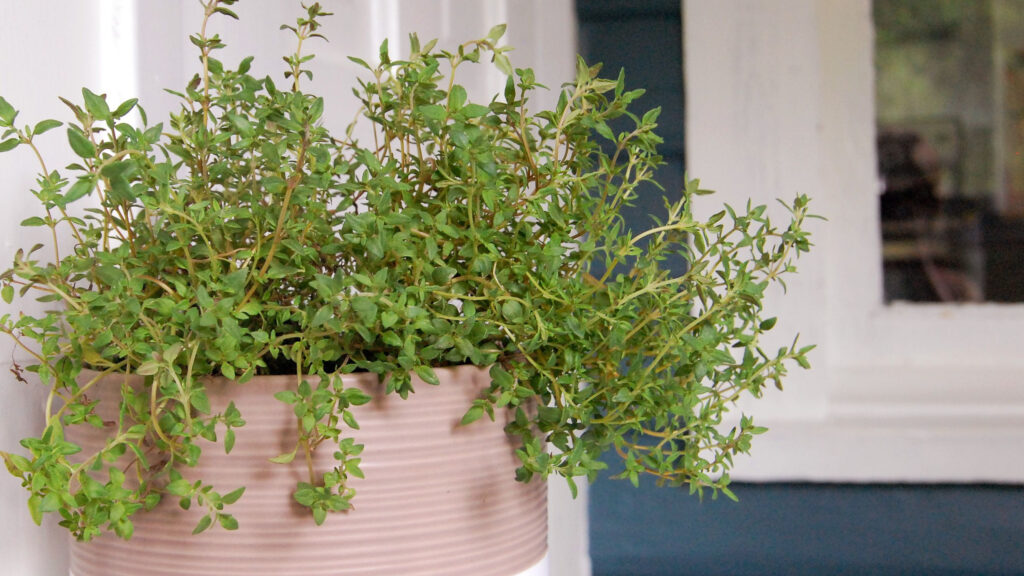
The History of the Thyme Plant
Thyme is a small, woody herb that has been used for culinary and medicinal purposes for thousands of years. Native to the Mediterranean region, thyme was one of the first herbs to be cultivated by humans. The Ancient Egyptians used it in embalming mixtures, and the Ancient Greeks used it to make incense. In medieval Europe, thyme was thought to ward off evil spirits, and it was often used as a strewing herb. Today, thyme is a popular ingredient in many cuisines, including French, Italian, and Middle Eastern dishes. It is also used in herbal teas and as a medicinal remedy for colds and respiratory problems. Whether you are enjoying a delicious meal or soothing a sore throat, thyme is an herbal powerhouse with a long and fascinating history.
How to Grow Thyme From Seeds
To grow thyme from seed, you will need:
-Thyme seeds
-A pot or container for planting
-Potting soil
-Water
-A sunny spot for your pot or container
STEP ONE: START WITH GOOD SEEDS
The first step in growing thyme from seed is to make sure you start with good seeds. You can purchase these from a gardening store or online. Once you have your seeds, it's time to get started!
STEP TWO: SOW THE SEEDS INDOORS
The next step is to sow the seeds indoors. You'll need a shallow tray or pot filled with seed-starting mix. Sow the seeds thinly so that they have enough room to grow. Then, water the tray or pot well. Place it in a warm spot and keep the soil moist. In about two weeks, the seeds should germinate.
STEP THREE: TRANSPLANT THE SEEDLINGS
Once the seedlings are big enough to handle, it's time to transplant them. Choose a sunny spot in your garden and prepare the soil by removing any weeds or stones. Then, transplant the seedlings carefully, making sure not to damage their roots. Water them well and keep them watered during dry spells.
STEP FOUR: HARVEST YOUR THYME
Thyme is ready to harvest when the leaves are fully developed and have reached their mature size. You can begin harvesting leaves as soon as the plant has reached 6 inches tall. To harvest, simply snip off the leaves with a sharp pair of scissors—you can use them fresh or dry them for later use. When drying thyme, tie a bundle of stems together and hang it upside down in a cool, dark place until the leaves are crisp. Store dried thyme in an airtight container and enjoy it for months to come! Now that you know how to grow thyme from seeds, it's time to get to planting!
What is Thyme Good For?
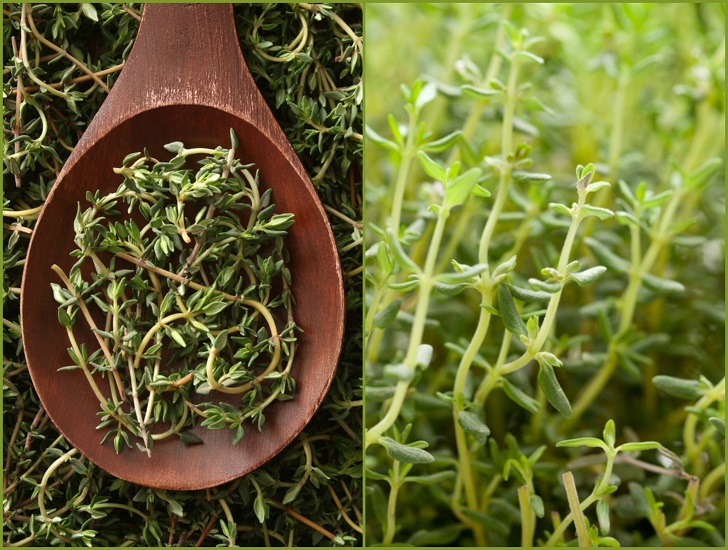
Though it is often used as a simple seasoning, thyme is actually a powerful herb with a wide range of health benefits. Thyme contains high levels of antioxidants, which help to protect cells from damage and scavenge harmful free radicals. Additionally, thyme has been shown to boost the immune system and fight off infection. The herb also contains anti-inflammatory compounds, which can help to ease pain and swelling. Furthermore, thyme has been traditionally used to treat digestive issues like gas and indigestion. In recent years, scientific research has begun to back up these traditional uses, demonstrating that thyme can indeed be an effective remedy for stomach discomfort. Finally, thyme is also thought to improve circulation and promote healthy skin. Whether used fresh, dried, or in oil form, this versatile herb is sure to offer a host of benefits.
How to Dry Thyme
Drying thyme is a great way to preserve the herb for later use. There are a few different methods that can be used, but the most important thing is to make sure that the thyme is completely dry before storing it. One way to dry thyme is to tie the sprigs together and hang them upside down in a cool, dark place. Another option is to lay the sprigs out on a baking sheet and place them in a preheated oven set to the lowest possible setting. Once the thyme is dry, it can be stored in an airtight container in a cool, dark place. Regardless of which method you choose, drying thyme is a simple way to extend its shelf life and enjoy its flavor all year long.
How to Cook With Thyme
Thyme is a versatile herb that can be used in many different dishes. It has a strong, pungent flavor that goes well with roasted meats and vegetables. Thyme can also be used to flavor soups, stews, and sauces. To use thyme, strip the leaves from the stem and chop them finely. Add the thyme to your dish at the beginning of cooking so that it has time to release its flavor. Thyme can also be dried and used as a spice. When stored properly, dried thyme will keep for up to six months. Dried thyme can be used in the same way as fresh thyme. Just remember that you will need to use less dried thyme than fresh, as it is more concentrated. Thyme is a versatile herb that can be used to add flavor to many different dishes. With a little creativity, you can use thyme to create some truly delicious meals.

